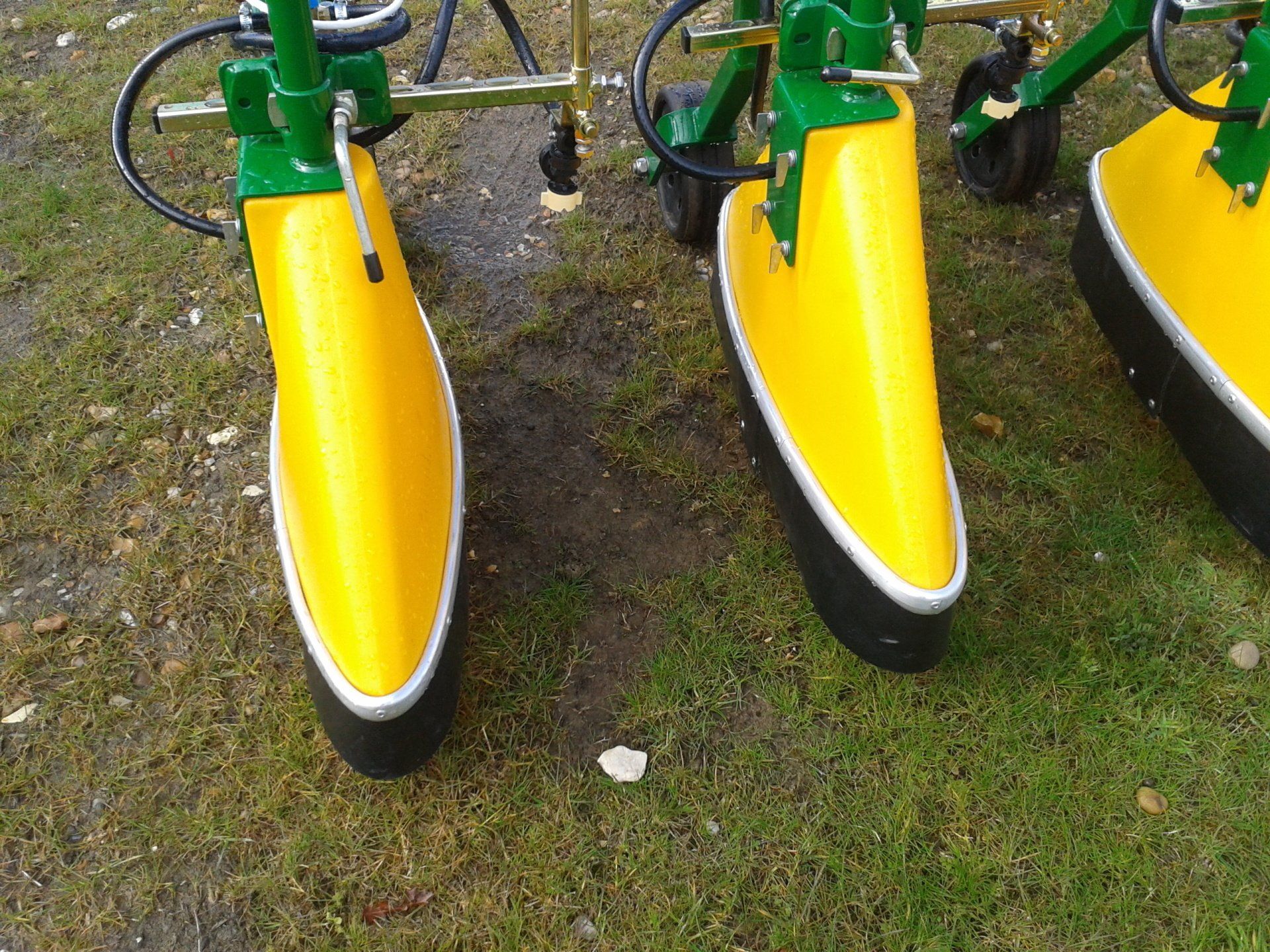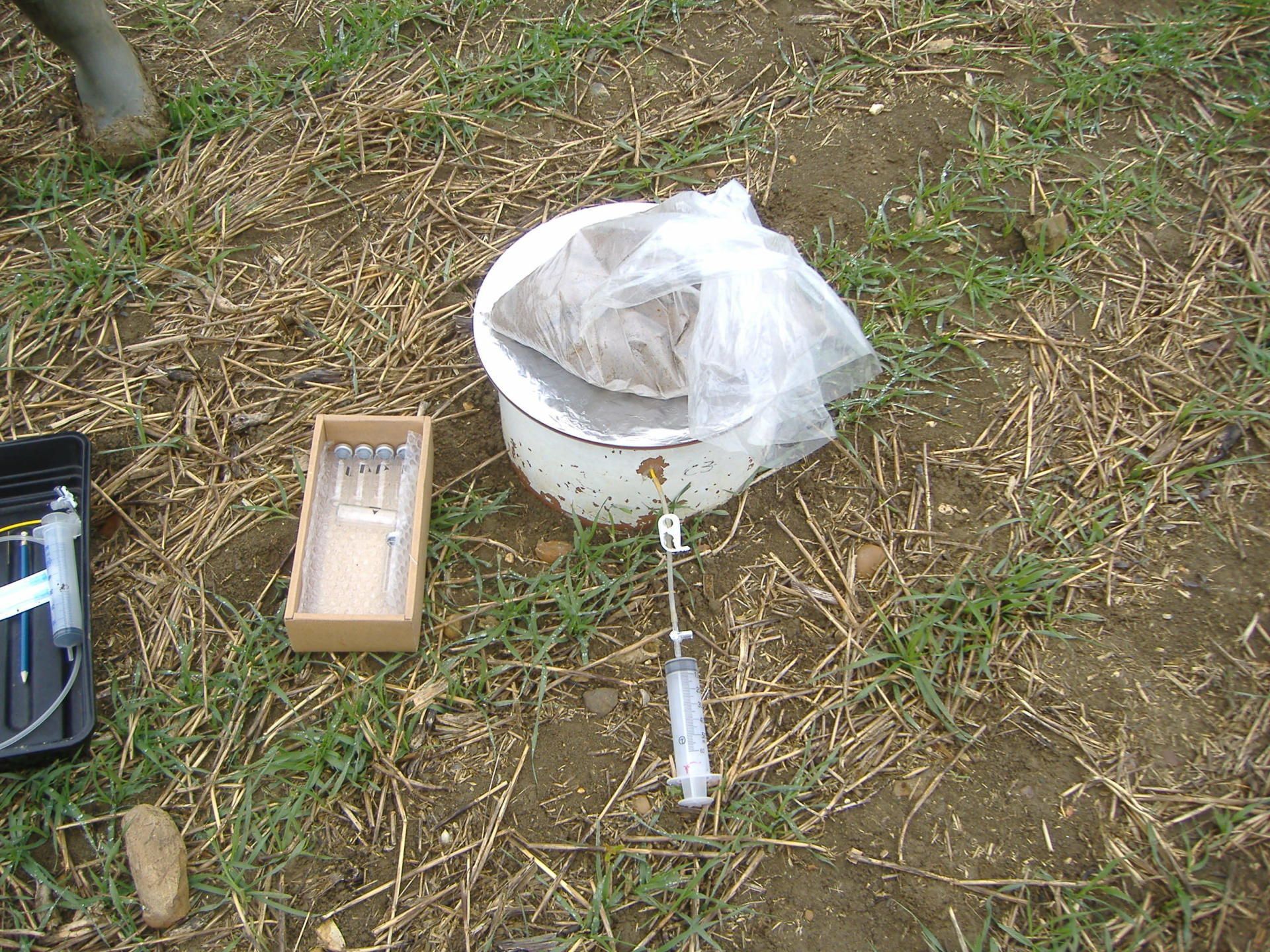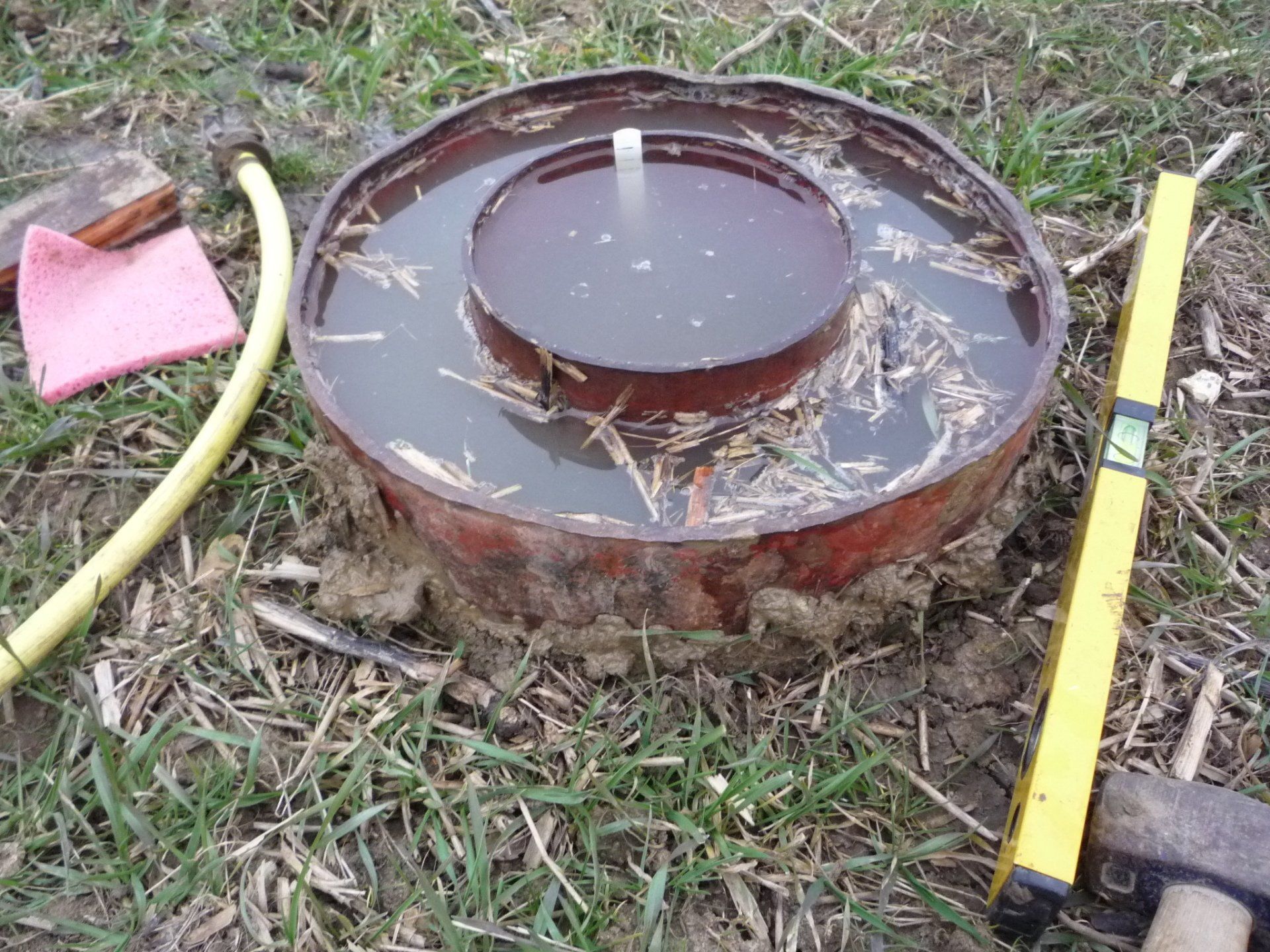Gantry tractors - the ultimate in soil protection
Benefits for the Environment
The wide span production system will deliver elevated and key environmental objectives simultaneously with lower production costs. Although many of these provide for “the greater good” in terms of sustaining the planet’s resources, many will also deliver more tangible benefits whose value might be quantified in terms of commercial interests. These benefits could derive from:
- less chemical applied through closer targeting and more flexible control measures, including reduced chemical drift through more precise height control
- drift increases exponentially with boom height above a crop, i.e. an extra 100 mm in height to compensate for boom movement increases drift by a factor of three.
- less fertilizer lost from the soil profile due to more efficient use by the crop;
- less oxidation of soil organic matter and associated leaching of nitrates;
- reduced soil erosion and transport of pesticides into water courses;
- improved porosity and retention of water mean less likelihood of flash floods;
- a better soil structure which improves soil/air gaseous exchange and reduces the likelihood of anaerobic conditions, thus:
- the soil acts as a more effective sink for methane and conversely reduces methane production from decaying organic matter;
- reducing nitrous oxide emissions
- less water run-off during periods of intense rainfall;
- improved plant-available water in the soil profile
- improved biodiversity arising from:
- dramatically fewer and less damaging mechanical inputs to the soil;
- the potential to grow different crops at the same time, either in strip cropping or inter-row configurations. This reduces the risk of pests, diseases and weeds and thus the need for chemical controls
- Utilities supplying potable water will have fewer chemicals to remove from rivers and reservoirs.
- Agencies maintaining the integrity of rivers will experience a reduced incidence of flash floods.
- Improved crop yields, particularly in areas of seasonal drought or excess rainfall.
- Less likelihood of litigation due to soil eroded onto highways.
- Reduced use of fossil fuel per unit of crop produced.
- Less costly and more sustainable organic food production.
- If the wide span vehicle is used as a universal tool carrier, this cuts down on the current duplication of vehicles, some of which are used only seasonally, and all of which require engines, transmissions and cabs.
- The implements used by wide span vehicles need only be a fraction of the size of conventionally mounted machines. For example, cultivators are made up of small units that are supported across the vehicle beam, rather than large units pulled through a central hitch point.




